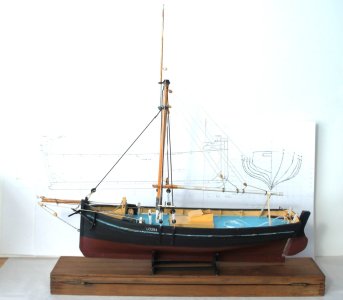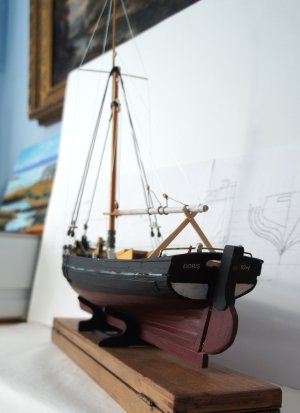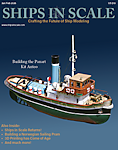- Joined
- Jan 4, 2023
- Messages
- 29
- Points
- 68

Doris is now complete. Another UK East Coast working boat added to my collection. I have made the deck furniture and rigging representational, I cannot claim great accuracy for I have worked mostly from photographs. Doris is a Bawley, once working out of the Thames estuary for shrimp or shellfish. You may have noticed that there is no boom. Mainsails were loose footed on these craft. I hope group members like my approach. I neglected to run log on this build so I have posted straight to completed builds.








